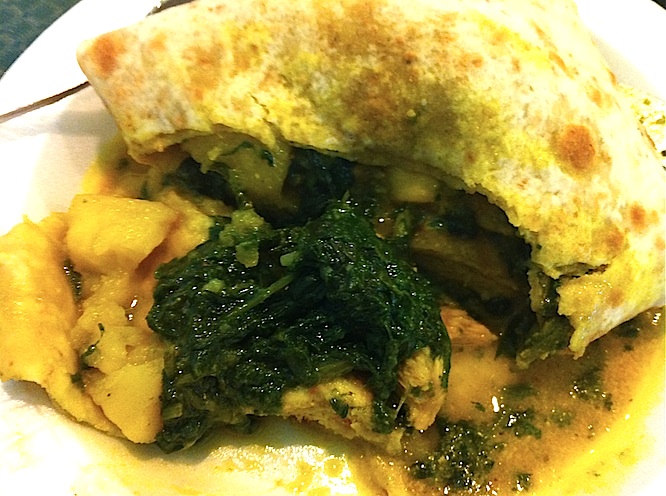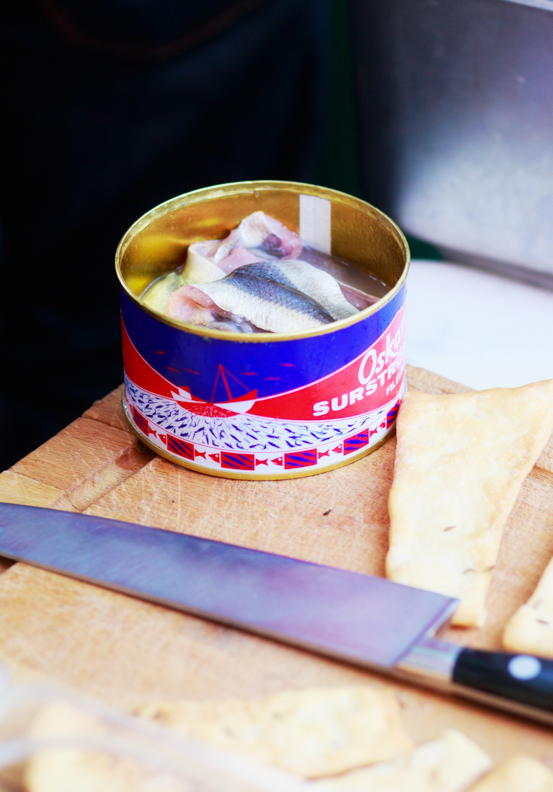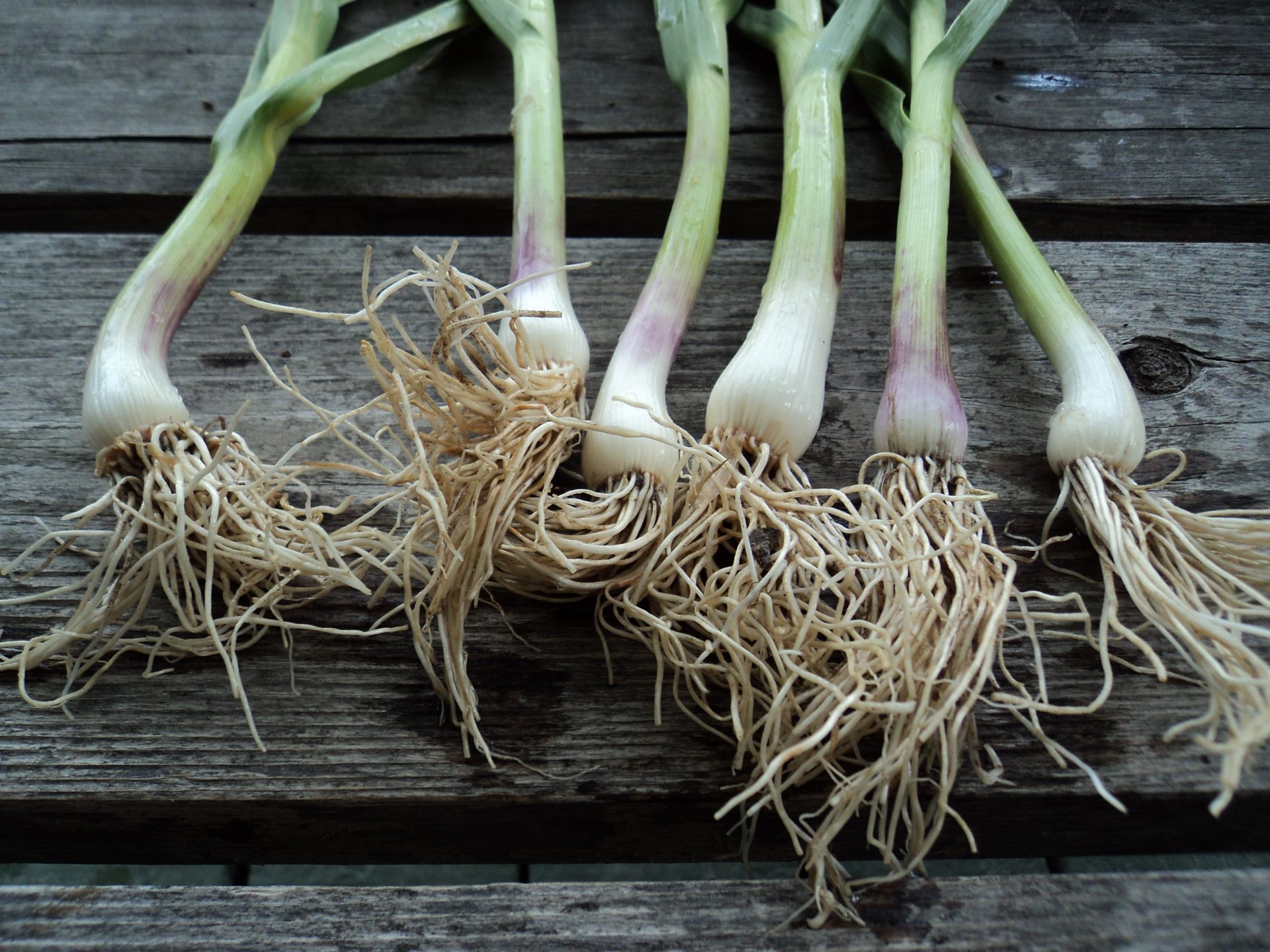by Malcolm Jolley
The roti scene in Toronto can be divided roughly into two camps: Indian and West-Indian. Roti, meaning flatbread, originated in India, and the Indian versions of “roti the dish” (as opposed to simply a serving of bread, as one might be served an order of naan) tend to be a simple wrap of wheat flatbread around one of the curries otherwise offered on the menu. Ghandi on Queen West is generally hailed as the leading example of the Sub-Continental style in the city.
The second roti camp follows the cuisines of Trinidad and Guyana, neighbouring countries and former British colonies. When the Empire banned slavery in the 1830s, large numbers of Indians from (what are now) the Northeastern Indian states of Uttar Pradesh and Bihar were recruited and settled there to work in the sugar fields. They brought their foodways and married them with what they found in the New World, not least of which was the Scotch bonnet (or habenero) pepper of the region, although (at least in Toronto) I have found the West Indian versions to be more fragrant, slightly lighter and less spciy than the Indian versions. The roti at Island Foods falls under this category, and for $6-$8, depending on what combination is chosen, one of my all time favourite (and full of value) lunches ever.
If the dissection of roti heritage above seems somewhat hesitant, it’s because almost all my roti eating has been at Island Foods. I discovered it more than a decade ago, when I took a job at an online ad agency around the corner from the King and Dufferin location (there are two others: one at The Grange mall at Dundas and McCaul and another in Don Mills). I’ve had a few others (of both kinds) here and there over the years, but I have not found any that comes close to their particular roti bread.
Island Foods follows the dahlpouri method of roti making (sometimes spelled dahlpuri or dahlpurie), wherein cooked and pulverised chickpeas are integrated into the wheat dough so that the finished bread is composed by the thinnest layer of wheat, chick pea and wheat again. There’s an illuminating photo-essay of the process taken at a London roti shop here. This level of care creates the most amazing elastic wrap to Island Foods’ selection of curry fillings. Since service is at a cafeteria-style counter, you can actually watch the roti being freshly made through saloon doors whenever more roti are required, which is all the time since it is always busy at lunch. The clientele are perfect cross-section of Parkdale from folks who seem down on their luck, to cops on duty to advertising execs and engineers from the offices in Liberty Village.
The fillings are based on a yellow-with-turmeric potato curry, which is delicious in its own right as the soft creamy potatoes melt in the mouth next to the chewy bread. I opt for the wimpy chicken breast option (at $6.85 it’s one of the pricier rotis), because I like how the neutral flavour allows the spices to shine through, and I am too lazy to pick out bones from chicken thighs. Other flavours include goat and a number of vegetarian options including channa – more chick peas. Then for a buck more, I add stewed spinach, which adds an earthiness, and finally the coup de grace: a splash of scotch bonnet hot sauce, before everything is deftly packaged in the roti and handed over to me in a tray. With a grapefruit soda, my bill is $10 and change. I have protein, veg and starch and as hardy a lunch as can be imagined.
Visit island-foods.com for restaurant locations, menus, etc.
 Malcolm Jolley is the executive director of Good Food Media, a not-for-profit organisation dedicated to educating the public about artisanal food and the publisher of Good Food Revolution. Follow him at twitter.com/malcolmjolley.
Malcolm Jolley is the executive director of Good Food Media, a not-for-profit organisation dedicated to educating the public about artisanal food and the publisher of Good Food Revolution. Follow him at twitter.com/malcolmjolley.








